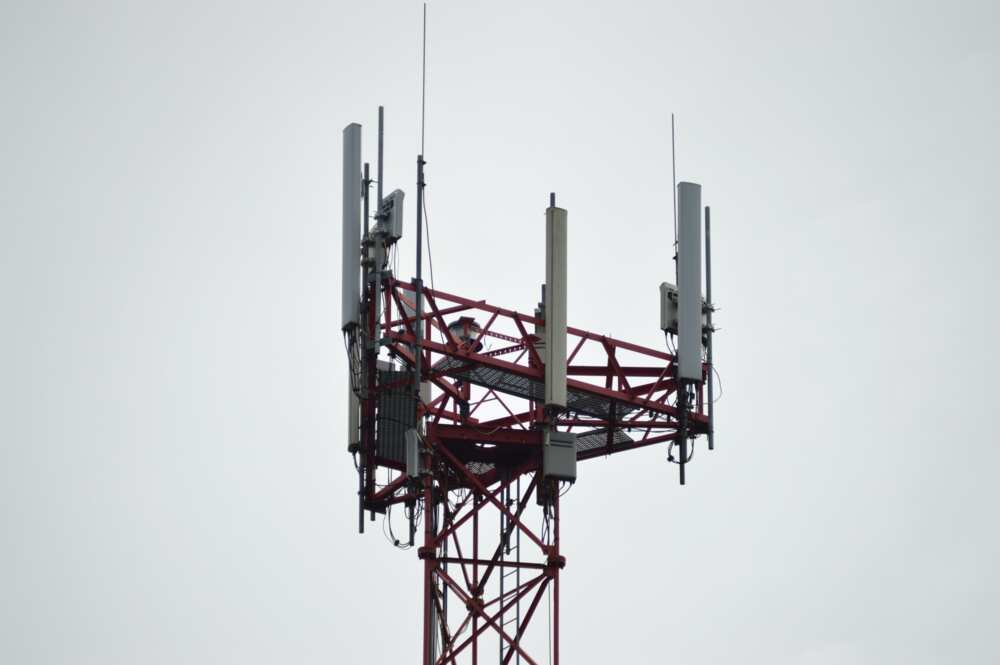What is GSM in wireless communication? Definition, features, applications
What is GSM in wireless communication? This is a technology standard created and developed in Europe. It provides voice and data services over cellular networks. GSM was developed by the European Telecommunications Standards Institute (ETSI) and was first implemented in 1991.

Source: UGC
Global System for Mobile Communications covers more than 90% of market areas in various countries. It was created as a digital circuit-switched network. This technology enabled the complete optimisation of voice telephones.
What is GSM in wireless communication?
Global System for Mobile Communications is a widely used standard for digital cellular communication. It was developed to replace the prevalent analogue cellular systems before its introduction.
GSM marked a significant step forward in wireless communication technology by providing a more efficient and versatile voice and data transmission platform.
GSM network structure
The network structure for this standard was the revolution in mobile technologies. Therefore, it had no real contestants in the global market. The system was divided into several sections:
- OSS (Operations Support System): The system is responsible for network maintenance.
- GPRS core network: It's part of the GSM that makes it possible to connect to the Internet.
- Switching subsystem: It's responsible for mobile management and call switching.
- BSS (Base Station Subsystem): The signal handles traffic between the switching subsystem and a mobile phone.
Five cells in GSM
Five different cells can be utilised for use by GSM. They include:
- Umbrella cells: Used to cover shadowed or secret cells in the mobile network. They are used to cover small gaps between other cells.
- Femto cells: These cells are used in small business environments or residencies.
- Pico cells: They are relatively small. The coverage diameter is just a few dozen meters.
- Micro cells: This is where the antenna height is at the level of an average rooftop.
- Macro cells: Where the base station antenna can be placed on roofs of buildings.

Read also
"This is elegant": Made in Naija bus manufactured by Nord can use CNG, has 19 to 30 seats, photos go viral
Each cell is responsible for a certain area of mobile coverage. The length of an antenna limits the horizontal radius of the cell. It can cover an area from a few hundred meters to kilometres. The longest distance to cover GSM by one particular antenna is 35 kilometres.
There are also implementations of concepts of double cells in GSM, where the cell area can be doubled. However, there are a lot of variables that should be implemented for the work of double cells in GSM.
What are the features of GSM?

Source: UGC
GSM significantly revolutionised people's communication and paved the way for the modern mobile communication landscape. Here are some of its key features.
Digital Technology
GSM is a digital cellular technology that uses binary code to transmit voice and data, resulting in clearer and more reliable communication compared to earlier analogue systems.
Voice and Data services

Read also
"Focus on your work": Tinubu's tax team lists Customs, 62 other MDAs that must stop collecting govt revenue
GSM supports not only voice calls but also various data services like text messaging (SMS), multimedia messaging (MMS), and basic internet access using technologies like GPRS (General Packet Radio Service) and EDGE (Enhanced Data Rates for GSM Evolution).
GSM and SIM service
The most important feature introduced by GSM was the Subscriber Identity Module. You know it today as just a SIM card or Smart Card. It provides a whole range of information about a user. It also gives you a different way of storing your phone book. In addition, it restricts a user to one particular mobile operator, which provides a whole range of services.
Time Division Multiple Access (TDMA)
It uses TDMA to divide the available frequency spectrum into time slots. This allows multiple users to share the same frequency band by transmitting in different time slots, increasing the efficiency of spectrum usage.
GSM security
GSM incorporates strong encryption algorithms to ensure the privacy and security of voice and data transmissions. This helps prevent eavesdropping and unauthorised access to communication.
International roaming
One of the significant advantages of GSM is its global standardisation. This enables users to travel to different countries and still use their GSM-compatible devices without changing phone numbers. They can insert a local SIM card to access local networks.
Applications of GSM
Below are some of the GSM applications.
- GSM provide reliable voice communication. It allows users to make calls virtually anywhere within a GSM network's coverage area.
- It introduced the concept of text messaging, enabling users to send short written messages to each other.
- GSM paved the way for basic mobile data services like accessing the Internet, sending and receiving emails, and simple web browsing.
- Mobile banking and mobile commerce services became possible, allowing users to perform transactions, check account balances, and make payments using their mobile devices.
- It can be used in various industrial applications for machine-to-machine communication, such as remote monitoring, telemetry, and control of devices and equipment.

Read also
Nigerian automobile company partners government to ease transportation costs with electric vehicles
What is the meaning of GSM mobile phone coverage?

Source: UGC
It is a simple coverage of the mobile reception area. In this area, you can reach and send/receive a mobile signal. GSM enhanced the coverage system of mobile signals. However, this still depends on various factors that can ruin the signal's coverage area. There are areas where you can't receive any mobile signal. These areas are called "dead zones."
What is the meaning of GSM phone voice codecs?
These codecs squeeze your voice and immediately transfer it to various distances. GSM usually squeezes 3.1 kHz audio into the 6.5-13 kbit/s. There are two audio codecs used to achieve these results:
- The Half Rate Codec provides 6.5 kbit/s.
- The Full Rate Codec provides 13 kbit/s.
GSM was also improved with the Enhanced Full Rate Codec, which provides 12.2 kbit/s.
GSM is a revolutionary technology that changed the world. It helped to provide better Internet and service connections for mobile devices. A lot of technological innovations today would be impossible without the introduction of GSM.
Legit.ng recently published a guide about free-to-air channels in Nigeria, their frequencies, and decoders. FTA channels are those that can be accessed without paying a subscription fee.
Unlike paid TV services, free-to-air channels do not have recurring subscription fees. You only pay for the equipment and installation once. This makes them an affordable option for people who want to watch TV without incurring recurring expenses.
Source: Legit.ng



